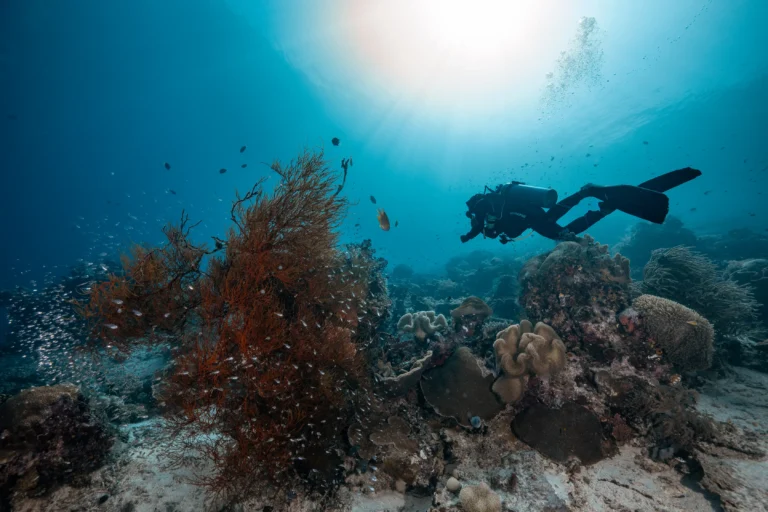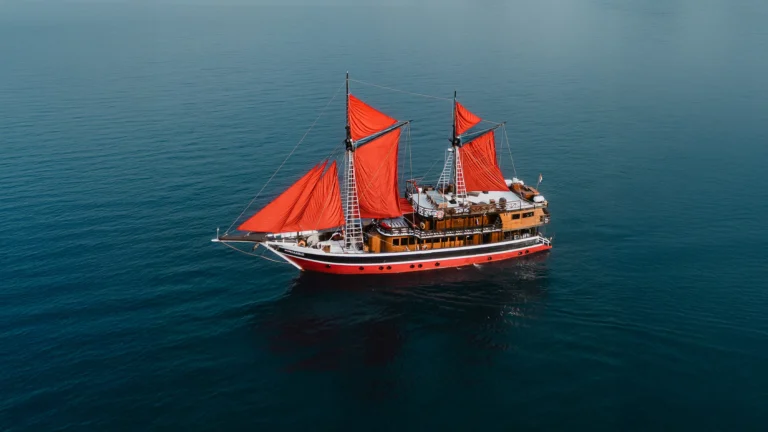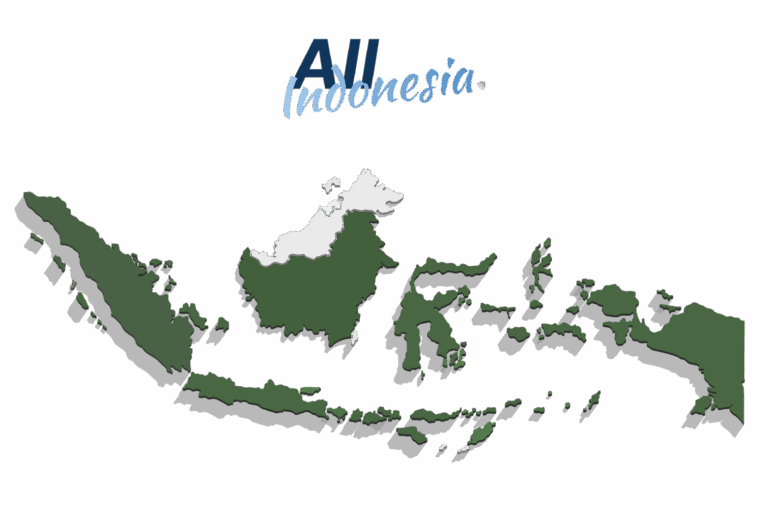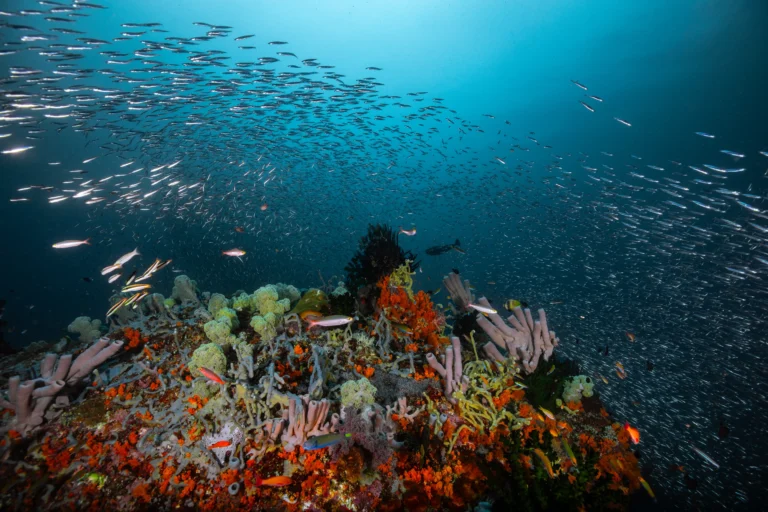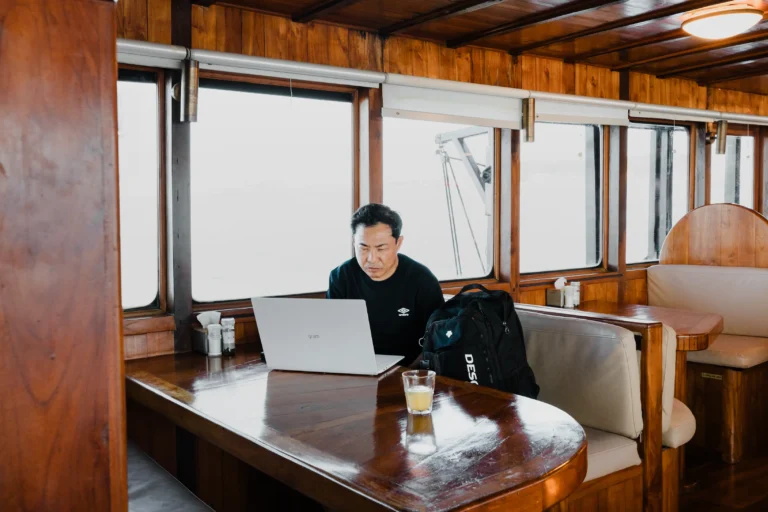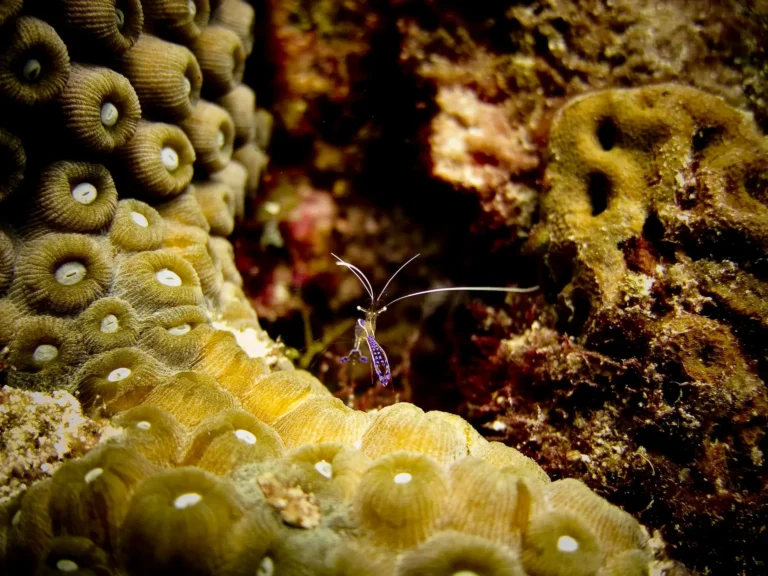It is common for new divers to have no idea what to do with their arms. Divers’ arms frequently dangle and hang, or they use them to swim alongside their legs. Hopefully, one of the following suggestions for where to place your arms while scuba diving will work. Nothing screams newbie diver more than arms flailing about frantically under water. Not only does this interrupt the calming feeling of the dive for others and scare away marine life, it also takes up a lot of your energy and air consumption shortening your dive, and puts you at risk of damaging coral which can take many years to grow.
The Various Locations
Down the side of the body
When walking, your arms should be straight down the side of your body. This streamlines and simplifies the use of the arms. When in a hurry or swimming against strong currents, this position is ideal. The disadvantage is that unless you’re wearing the BCD, your arms will occasionally fall down in front of you.
In front of the BCD
This is the position where you are holding onto straps, the inflator hose, or stuffed into the sides of your BCD. This is useful if you need to push off or use your hands quickly. The disadvantage is that it is not the best pose for photographs, and your hands tend to fall out.
Folded arms in front
This position is similar to what a bouncer would look like in a club. Because your arms are tucked into your body, this is easier on them. If you need to use your arms, it produces a quick release with little drag and great balance. This is also great for streamlining your body. If you are photographed in this position, you may appear slightly angry, even if you are not.
ALSO READ : What is Allowed and Prohibited when Scuba Diving
Folded arms in front of the face
This position appears to be a nap, with your arms folded over your head, allowing for a quick reaction time with your arms. You’ll have the sensation of flying and appear to be in complete control of your buoyancy. Downside? Arms continue to fall down, potentially obscuring your view in front.
This position is extremely comfortable and has very little drag. Your arms will also not fall while resting. The disadvantage of this position is that you have slightly less control in the water and require a slightly faster reaction time to free the arms when pushing off.
Folded hands in front of lower body
If you are carrying something like a pointer, camera, or tool during your dive, this position allows you to use your arms quickly while keeping drag to a minimum. Furthermore, if you want to take pictures, you don’t have to unclip your camera from your D-ring. One disadvantage is that your arms tend to drop slightly, and there is more drag due to the camera dangling in front.
Where could they possibly be?
Finally, you can position your arms wherever you want; all you need to consider is additional drag and comfort.
Furthermore, consider how you intend to use your arms. Here are some simple questions to consider.
- Will you be doing any work with your arms while diving?
- Is the dive just for fun, or do you intend to do anything else on the dive?
- Are you bringing anything with you on the dive, such as an underwater camera?
- Will you be diving close to a wall and need to swim in reverse with your arms?
ALSO READ : Beneath the Surface: 5 Health Advantages of Scuba Diving
Find Your Own Space
Remember not to hide your arms too well in case you need them to push yourself off the bottom if you have any buoyancy issues.
While scuba diving, there are numerous arm positions to choose from. So experiment with various approaches. Find out what YOU like!
Examine other divers to see what they do and how they position their arms. Then try to imitate their actions to see how it feels for you. Always keep drag to a minimum and remain relaxed. Once you’ve found a good position, you’ll feel much more at ease in the water, which will allow you to focus on other exciting aspects of diving.
